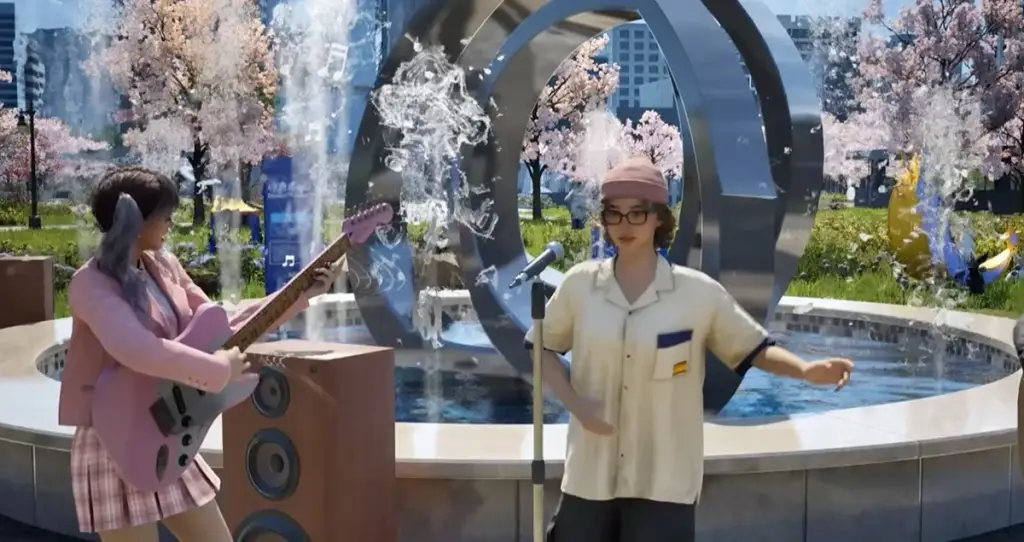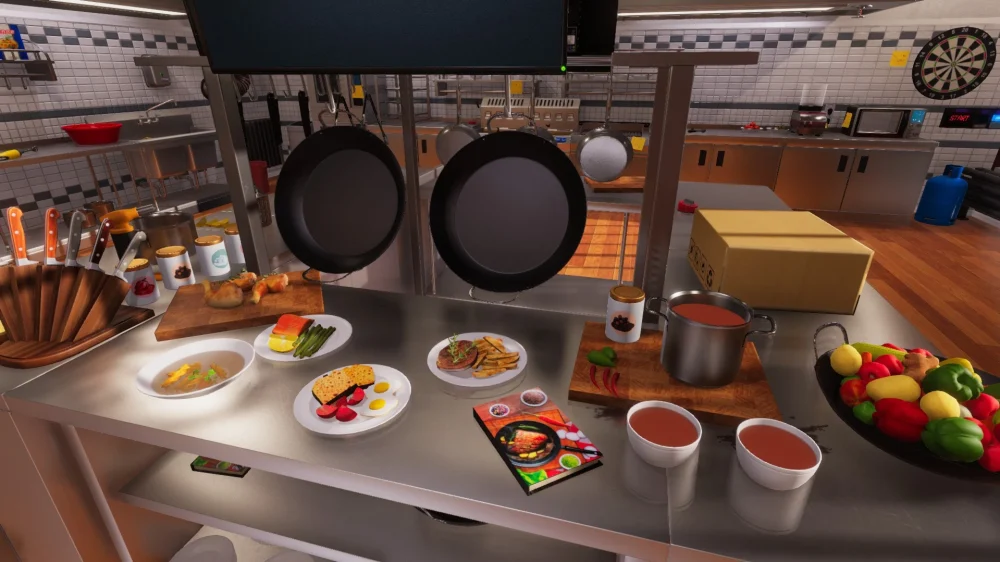2025 was marked by the release of the long-awaited demo of inZOI, an ambitious life simulator developed on the Unreal Engine 5. The release provided users with the opportunity to test the key features of the project before the launch of early access. The full-fledged character editor and house-building module showcased a high level of graphics, flexible interaction, and a focus on creating interesting user content.
The visual performance immediately established itself as a new standard in the genre. Photorealistic skin, smooth animation, high-detail objects, and adaptive lighting showcased the project’s ambitions. The gameplay transitioned into an interactive cinematic experience, allowing for real-time control of emotions and facial expressions. Each scene in the editor allowed for manual customization of facial expressions and eye movements, going beyond just physical appearance. The physics of objects went beyond the ordinary, with hairstyles reacting to wind, clothing adapting to body positions, and shadows forming naturally. The inZOI demo set a new visual standard for life simulators.

 The editor’s toolkit competes with a full-fledged appearance designer. The user controls the shape of the face, the distance between the eyes, the curve of the nose, the skin tone, the hair texture, and even the mobility of the joints. The wardrobe includes not only basic clothing but also the ability to combine styles and brands. The character designer allows you to set the gait, facial expressions, voice tone, and favorite actions.
The editor’s toolkit competes with a full-fledged appearance designer. The user controls the shape of the face, the distance between the eyes, the curve of the nose, the skin tone, the hair texture, and even the mobility of the joints. The wardrobe includes not only basic clothing but also the ability to combine styles and brands. The character designer allows you to set the gait, facial expressions, voice tone, and favorite actions.
Each option retains contextual dependencies: if you choose a sporty build, the animation of movement will change, the gait will become heavier, and the reactions will become more aggressive. The inZOI demo provided a tool for not just customizing the appearance, but for recreating the character through visuals.
The construction system has offered an architectural editor. The inZOI demo revealed a whole module where it is possible to manage the layout, design, facades, decoration, furniture arrangement, lighting and landscape. Each room can be customized individually: from the drawing of walls to the choice of floor texture.
Placement of windows, electrical wiring, water supply, ceiling height – everything is included. Realism is achieved through physically correct interaction of materials: wood reflects light differently than concrete, curtains react to the wind from the street. The test format allowed us to create not just an interior, but a full-fledged living space that responds to weather and time conditions.
Despite its visual power, inZOI showed good performance. On a configuration with an RTX 3060 and a Ryzen 5 5600X processor, the system achieved a stable 60 FPS at 2K resolution with high settings. The developers implemented DLSS 3, multi-threading support, and on-demand asset loading. This allowed for smooth gameplay even with high levels of detail and active editing.
The release of the inZOI demo was accompanied by a large-scale media launch in the form of live broadcasts and integration into the digital streaming ecosystem. Major gaming channels on Twitch immediately included the project in their broadcast schedules, and the developers organized a demonstration of the game’s features on Steam, revealing key aspects of the character editor and building mechanics.
On the day of the premiere, the number of active viewers exceeded 43,000, with peak activity occurring during the demonstration of flexible facial expression customization. Commentators praised the level of facial detail and the organic animation. The scenes of character creation with individual walking, gestures, and clothing that visually separated the players from each other were particularly striking in the broadcasts.
On the Steam platform, the developers included a block of answers in the live stream. The questions were related to in-game scenarios, possible mod support, the addition of pets, voice acting tools, and future modes. The inZOI demo attracted the attention of not only gamers but also content creators. A streamer with an audience of 200,000 subscribers conducted a marathon stream featuring character editing and the interior of a country house, which garnered 120,000 views in 36 hours. YouTube bloggers began to massively publish videos with gameplay, builds, and scenes of the “life” of their heroes.
A separate community appeared on Reddit for sharing house templates, memes, and bug reports. More than 18,000 people registered in the developers’ Discord channel in the first week. The inZOI demo included powerful viral mechanics through the editor’s spectacle, as well as convenient integration with OBS and Nvidia Broadcast, which allowed authors to live stream without delays and loss of quality.
The comparison of inZOI with The Sims has become inevitable. The gaming industry has long defined The Sims as the standard for life simulators, but the test version of the new game has changed the rules. The demo version of inZOI has abandoned scripted reactions. Characters react to situations in a contextual manner. If a character is in a brightly lit room and hears a loud sound, they will instinctively turn their head and squint. If the temperature drops, the character will shiver, adjust their clothing, and speed up their steps. These details are not present in The Sims, where each emotion is triggered manually by the player.
The emotion expression system in the demo version of inZOI is based on synthesis rather than selection. There is no need to choose between “smile 3” and “angry 2” – characters react to their environment, weather, light, sounds, and other players. The house editor also demonstrates a significant difference. While in The Sims, rooms are designed according to a predefined grid, in inZOI, each object can be freely rotated, scaled, and deformed. Users can create slanted walls, asymmetrical ceilings, and precise lighting fixtures.
Procedural generation of behavior is another key difference. A character with an introverted personality and an artistic profile will avoid crowds, preferring solitary activities such as drawing, listening to music, and meditating. On the other hand, a sociable character is more likely to engage in dialogue, make jokes, and express emotions.
 A full-fledged release will appear in the middle of 2025 with multiplayer, economy, career mode and quest system.
A full-fledged release will appear in the middle of 2025 with multiplayer, economy, career mode and quest system.
The inZOI demo took the life simulation genre to a qualitatively new level. A high visual bar, an accurate character editor, a flexible architectural system and advanced interaction mechanics formed a new standard in the genre. The project demonstrated a focus not only on gamers, but also on those who create — designers, visualizers, content makers. The launch was a success, and interest in the full-length release continues to grow.


In June 2025, an official announcement was made by Ludeon Studios confirming the release of a new RimWorld expansion called Odyssey. Following the success of Biotech and Ideology, the studio took a step towards massive interplanetary content. The DLC expands on the research mechanics, enlarges the managed space, and introduces unique scenarios related to moving …